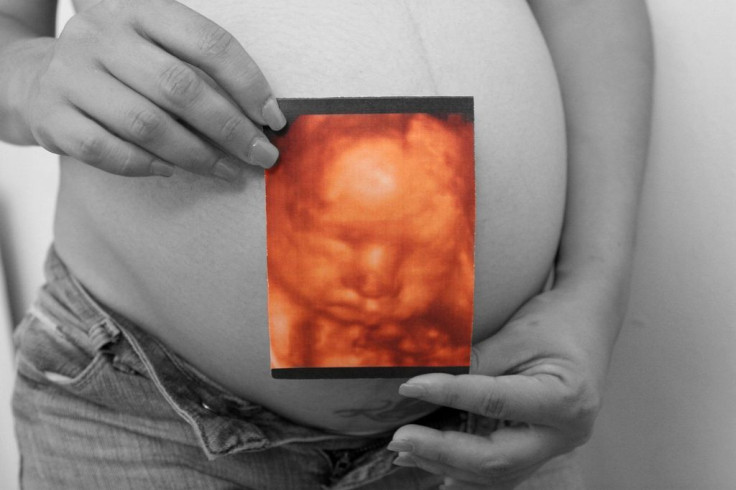Washington State Sees A Four-Fold Increase In Anencephaly Birth Defect; Officials Unsure Of Reasons Why

There are thousands of birth defects known to medical science today. Mothers-to-be tend to be vigilant about their health and nutrition in order to ensure that their children don't have to suffer from these defects. However, some birth defects occur by chance, due to extenuating circumstances that mothers don't realize, such as contaminants in water, exposure to lead, or the use of certain drugs to manage disabilities or chronic disorders.
About 120,000 babies in the United States are born each year with a birth defect, reports the Kennedy Kreiger Institute. Some birth defects are common, like heart defects, cleft lip or palate, and Down syndrome. However, many others, like anencephaly, are extremely rare. Usually, only two out of 10,000 babies born will have the disorder anencephaly, which affects the nervous system.
Despite its rarity, three Washington state counties have experienced a spike in anencephaly. The state's Department of Health reports that anencephaly rates are up to eight out of 10,000 births — a four-fold increase.
Anencephaly is a condition that prevents the normal formation and development of the brain and skull. It is often called a neural tube abnormality, as the neural tube — the portion of the nervous system that will develop into the spinal cord and connect the rest of the body with the brain during a woman's first month of pregnancy — doesn't close properly during the fetus's first few months of development. This is a critical step in the development of the fetus's nervous system, as the neural tube's formation is a primary step and continued development is difficult without it.
According to the National Institutes of Health, almost all babies with anencephaly are stillborn or die within a few hours or days after birth.
Given the recent increase in incidences, officials sought to find the reason behind it. In a study commissioned by the state, officials found no common cause linking the cases after examining medical records from January 2010 through January 2013. They explained that more cases than the eight out of 10,000 would be needed to find more conclusive evidence of a cause.
Officials have resorted to guiding the health of mothers in the state.
Anencephaly is often attributed to a lack of folic-acid intake by the mother during and before pregnancy, as well as certain medications and other health factors like obesity and diabetes. Women'sHealth.gov explains that folic acid helps the body make new cells, and without it, the body cannot generate the cells and things it needs.
The United States Preventive Services Task Force recommends, as reported by the Washington State Department of Health, that women take 400 to 1000 micrograms of folic acid daily once they have reached childbearing age. Women can get this essential vitamin either from food or with supplements. Women should be especially vigilant about taking these supplements during and after pregnancy, as their child relies on their body for nourishment and good health. Ensuring proper health may reduce the likehood of this birth defect.
The state's health department has tried to identify contaminated well water as a potential cause. They suggest that women who drink well water should also have the water source tested annually for nitrate and bacteria, which may cause the increase in anencephaly. If levels are found to be high and dangerous, officials recommend the use of another water source. However, the state's department of health has admitted that the cause of this sudden increase in anencephaly is inconclusive and "the higher than expected number of anencephaly births in the region could be coincidental," according to an official statement.



























